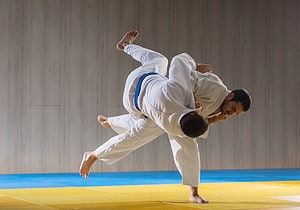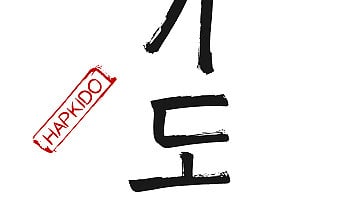What can we learn from the principles and techniques of Judo?
Table of Contents
Introduction
Judo is a martial art and Olympic sport that originated in Japan in the late 19th century. It is a form of unarmed combat that focuses on grappling and throwing techniques. Judo is a great way to stay in shape, learn self-defense, and develop discipline and respect. It is also a great way to make friends and have fun. Judo is practiced by millions of people around the world and is an important part of many cultures.
What is Judo
The goal of judo is to throw or take down an opponent to the ground, immobilize or otherwise subdue an opponent with a pin, or force an opponent to submit by joint lock or choke.
Judo is a modern martial art that emphasizes safety, respect, and self-improvement. It is a sport that can be practiced by people of all ages and abilities.
Judo is based on the principles of balance, leverage, and movement. It is a sport that requires both physical and mental strength. It teaches practitioners how to use their opponent’s energy against them, rather than relying on their own strength.
History of Judo
It was developed by Jigoro Kano, who sought to create a martial art that was both physically and mentally challenging. Kano was a student of jujutsu, a traditional Japanese martial art, and he sought to create a system that was less dangerous and more accessible to the general public.
Kano’s system of judo was based on the principles of maximum efficiency, mutual welfare and benefit, and the development of character. He believed that judo should be used as a means of physical, mental, and moral education. He also sought to create a system that was accessible to all, regardless of age, gender, or physical ability.
Kano’s system of judo was officially recognized by the Japanese government in 1882. It quickly spread throughout Japan and eventually around the world. In 1964, judo became an official Olympic sport.
Today, judo is practiced in more than 200 countries and is one of the most popular martial arts in the world. It is a popular sport for both men and women, and is practiced by people of all ages. It is also used in self-defense classes and as a form of physical fitness.
Training Judo
Learning judo requires dedication and discipline. It is important to find a qualified instructor who can teach the proper techniques and safety protocols. It is also important to practice regularly and to be patient with yourself as you learn.
The basic techniques of judo include throws, joint locks, and pins. Throws involve using your opponent’s momentum to throw them off balance and onto the ground. Joint locks involve using leverage to control an opponent’s joints and limit their movement. Pins involve using your body weight to keep an opponent on the ground.
In addition to the physical techniques, judo also emphasizes mental discipline. This includes learning to control your emotions and to remain calm in stressful situations. It also involves learning to recognize when an opponent is vulnerable and when to take advantage of the situation.
When training judo, it is important to wear the proper protective gear. This includes a judo gi, which is a lightweight uniform, and a belt that indicates your rank. It is also important to practice in a safe environment with a qualified instructor.
The philosophy of Judo
The philosophy of Judo is based on the principles of maximum efficiency, mutual welfare and benefit, and the development of character.
The principle of maximum efficiency is based on the idea that the most effective technique is the one that requires the least amount of effort. This means that the judoka (Judo practitioner) should strive to use the most efficient technique to defeat their opponent. This principle also applies to the use of physical and mental energy. The judoka should strive to use the least amount of energy possible to achieve their goal.
The principle of mutual welfare and benefit is based on the idea that both the judoka and their opponent should benefit from the practice of Judo. This means that the judoka should strive to use techniques that are not only effective, but also safe for both parties. This principle also applies to the development of character. The judoka should strive to develop a sense of respect and understanding for their opponent, as well as a sense of self-discipline and control.
The principle of character development is based on the idea that the judoka should strive to develop a strong sense of self-discipline and control. This means that the judoka should strive to maintain a positive attitude and outlook, even in the face of adversity. The judoka should also strive to develop a strong sense of respect for their opponent, as well as a sense of responsibility for their own actions.
These principles are intended to help the judoka become a better martial artist, as well as a better person. By following these principles, the judoka can achieve a greater level of success in their practice of Judo.
Conclusion
Judo is an incredibly popular martial art that has been practiced for centuries. It is a great way to stay in shape, learn self-defense, and develop discipline. It is also a great way to make friends and have fun. Judo is a great way to stay active and healthy, and it can be enjoyed by people of all ages and skill levels.





